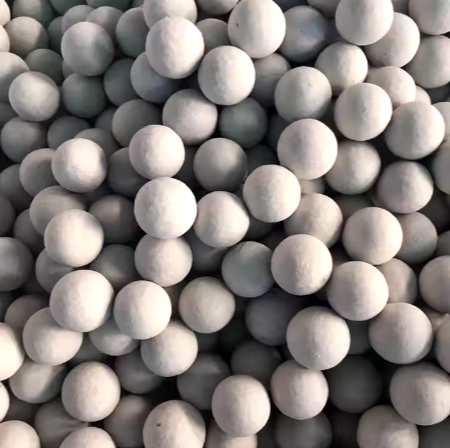Professional Premium Aluminum Oxide Products Supplier
Aluminum oxide, also known as alumina or alkoxide, is a white odorless substance. It is an amphoteric material that can react with both acids and bases, and thus has a variety of beneficial applications in industry and chemical processes.
aluminium oxide ionic bo is an ionic compound in which the aluminum atoms lose three electrons and the oxygen atoms gain two. The process of donating electrons is called an electron transfer and the resulting bond is stable.
The ionic bonds are formed due to the electron exchange between the two metals, with aluminium losing their three valence electrons and donating them to the more electronegative oxygen atoms. These ions have a positive charge on the Al atom and a negative charge on the O atom, due to the electron transfer.
This is what gives aluminium oxide its strong ionic character. It is an amphoteric material and so has the ability to react with both acids and bases, acting as an acid with an acid or a base with a base.
Solubility in water
As an ionic compound, aluminium oxide is easily soluble in water and other solvents. Its solubility is governed by the cation/anion polarity of each molecule and the presence of a large number of ionic bonds.
Question 1: What is the chemical formula for aluminium oxide?
The chemical formula for aluminum oxide is Al2O3, which contains one atom of aluminum and one atom of oxygen. The cation and anion polarity is the main factor that determines its solubility in water. It is a solid ionic compound with a lewis structure that contains 24 valence electrons and 6 lone pair electrons. It has sp2 hybridization and a trigonal pyramidal crystal lattice structure.

